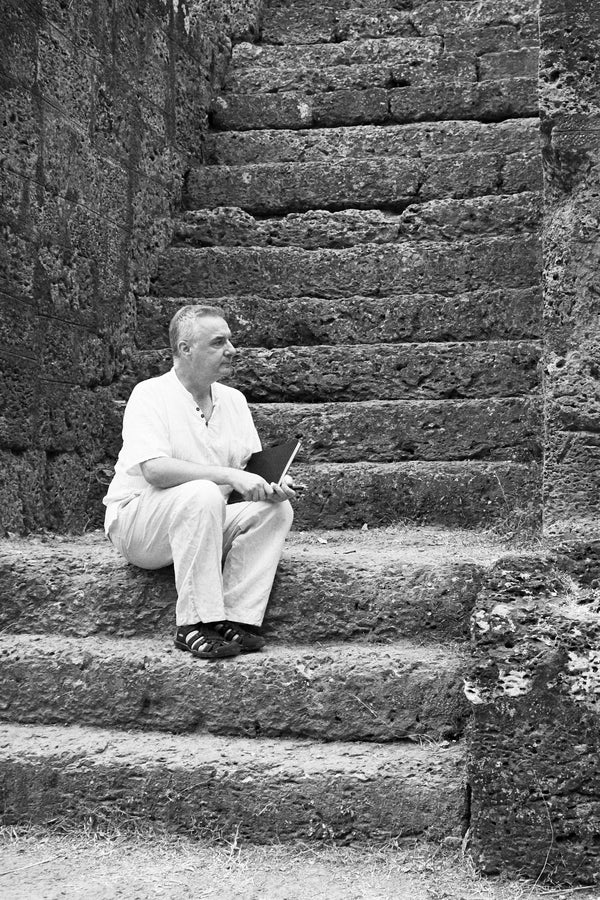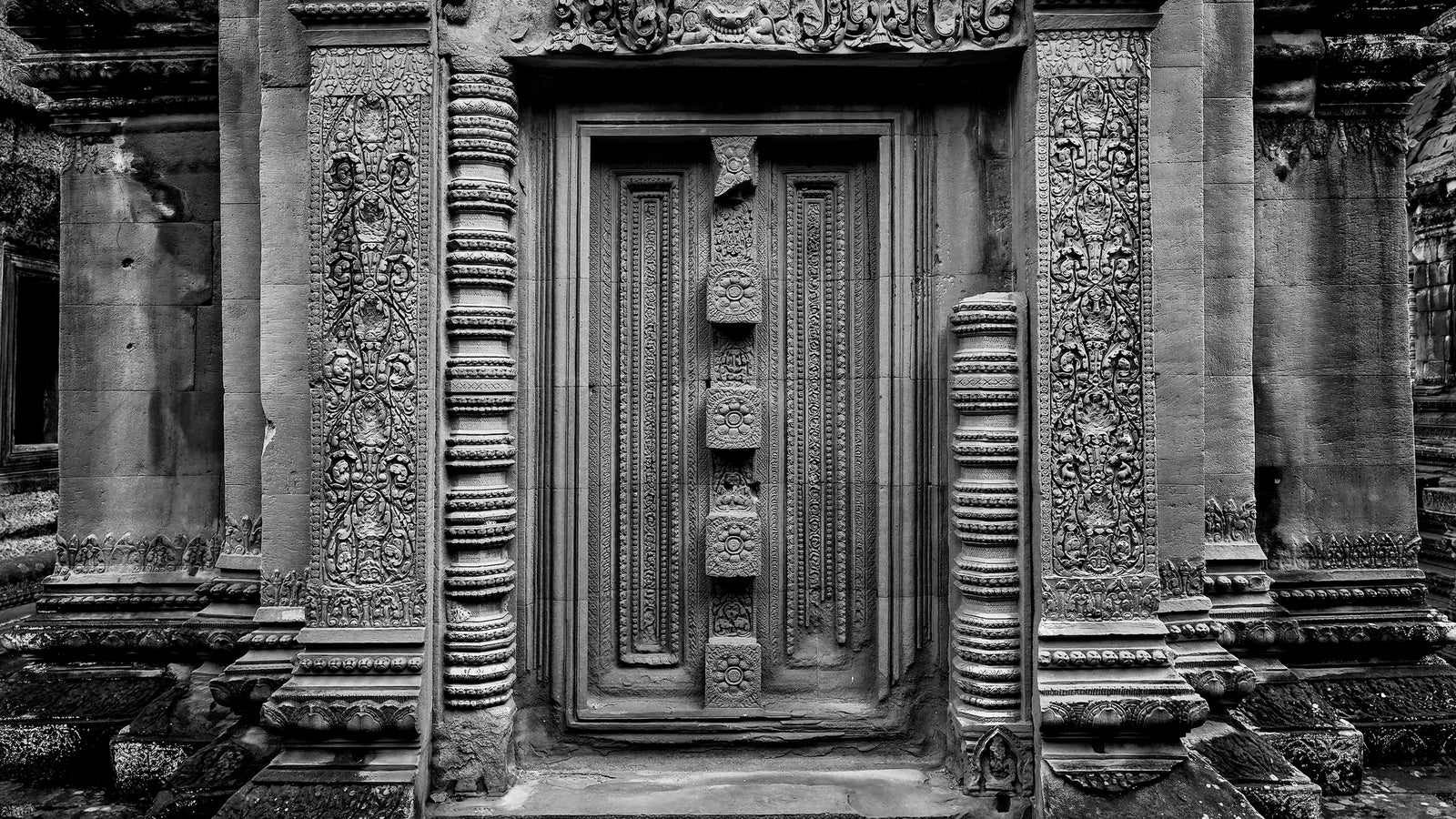Complimentary worldwide shipping on orders over $400 · No import tariffs for most countries
Complimentary worldwide shipping on orders over $400 · No import tariffs for most countries
Ta Keo Temple
1 min read
| Date: | Late 10th – early 11th century CE |
| Style: | Khleang |
| King: | Jayavarman V (reign 968 – 1001 CE) |
| Cult: | Hindu (Shaivite) |
Ta Keo (Khmer: ប្រាសាទតាកែវ) was begun during Jayavarman V’s reign (968 – c. 1000 CE) and left unfinished. It stands east of the Royal Palace and just off the Avenue of Victory.
The pyramid-temple rises over 50 m (164'), its five tower shrines arranged in a quincunx, supported on a five-tiered pyramid.
Ta Keo was one of the first temples to be built entirely of sandstone. Previous tower sanctuaries had entrances only on the east side but Ta Keo has openings on all four sides. It was originally surrounded by a moat.
Ta Keo had the first continuous covered galleries at Angkor, and one of the earliest cruciform sanctuaries, breaking with square-sanctuary tradition.
Legend has it that construction of Ta Keo was stopped after lightning struck the monument, interpreted as a bad omen, but more likely it was the death of Jayavarman V circa 1000 CE that halted the works. Its incomplete state tells researchers a lot about how Khmer architects worked, but had it been completed it would have been one of the finest mountain-temples in Angkor.
An inscription tells us that donations were made to the temple in 1007 CE, at a time when two kings, Jayaviravarman and Suryavarman I, were contending for power.
Map of Ta Keo
Also in Angkorpedia
Join My Studio Journal
Receive occasional letters from my studio in Siem Reap—offering a glimpse into my creative process, early access to new fine art prints, field notes from the temples of Angkor, exhibition announcements, and reflections on beauty, impermanence, and the spirit of place.
No noise. No clutter. Just quiet inspiration, delivered gently.
Subscribe and stay connected to the unfolding story.

Join My Studio Journal
Receive occasional letters from my studio in Siem Reap—offering a glimpse into my creative process, early access to new fine art prints, field notes from the temples of Angkor, exhibition announcements, and reflections on beauty, impermanence, and the spirit of place.
No noise. No clutter. Just quiet inspiration, delivered gently.
Subscribe and stay connected to the unfolding story.



